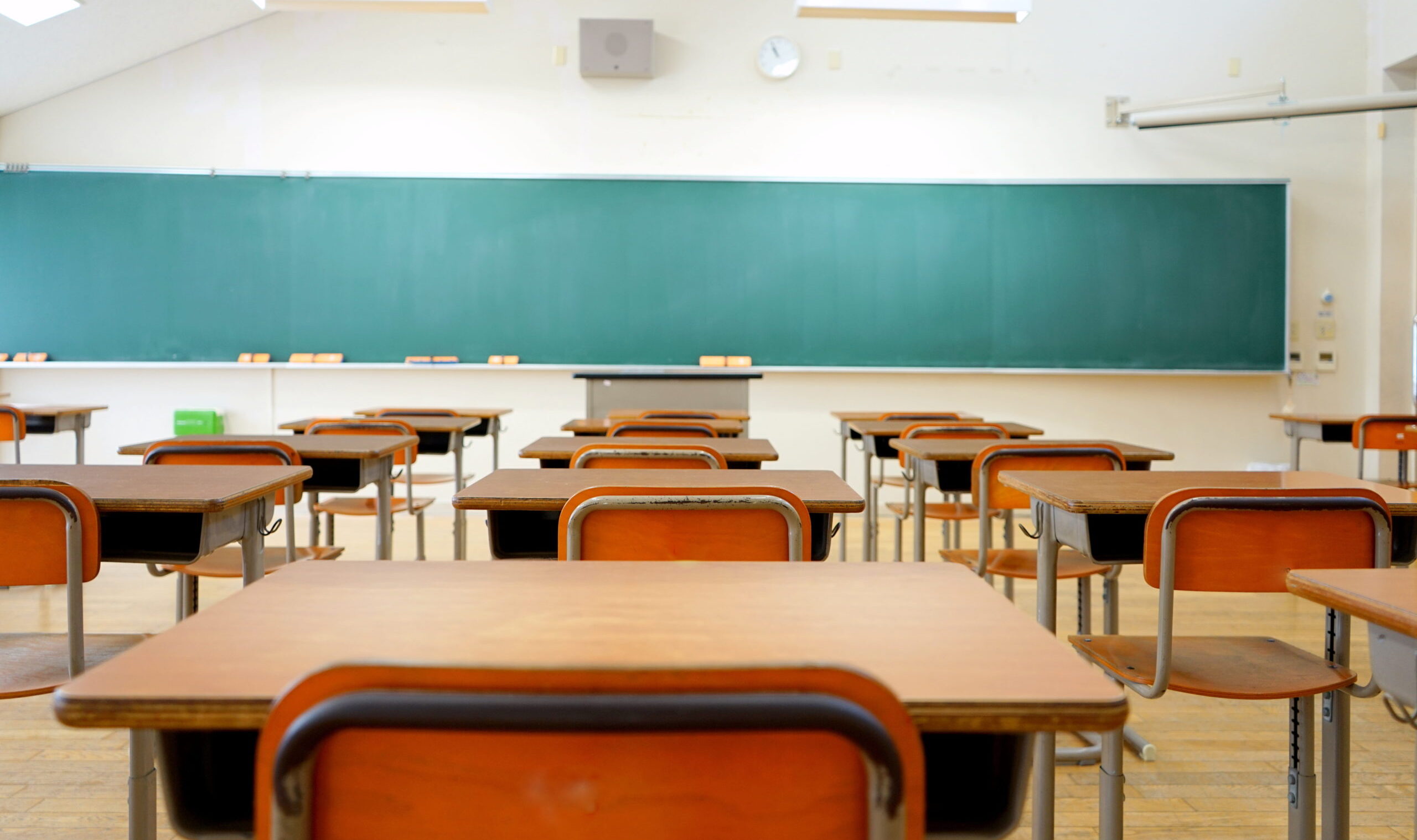The Myth of the ‘Underfunded School’
A new report casts doubt on the old “underfunded schools” trope.

It is hard to think of a pathology in American urban life, from crime to poverty to fatherlessness, that is not blamed on “underfunded schools.” Progressives conjure up images of a run-down schoolhouse with moldy walls, tattered decades-old textbooks, and musty blackboards to explain away the decades of academic underperformance and high drop-out, truancy, and delinquency rates in inner-city schools.
A new report from the Thomas B. Fordham Institute, highlighted in a recent column by the Institute’s policy and editorial associate, casts serious doubt on the proposition that most poor children in America attend “underfunded schools.” In fact, in many states, the opposite is true.
The report’s author, Adam Tyner, found that “students from poor families generally attend better-funded schools than students from wealthier families.” He found that all but three states now use a progressive school-funding scheme, meaning they compensate for disparities in local tax revenue with state and federal dollars to ensure more-equal funding of students across school districts.
It wasn’t always that way. Many schools in the early 20th century were racially segregated, and conditions across those schools were manifestly unequal. Even after the Court overturned school segregation in Brown v. Board of Education, inequalities persisted for decades. Since states often financed their schools with local tax revenue, the mass urban exodus in response to crime, rioting, and disorder cratered those cities’ tax bases and plagued school districts well into the 1980s and ’90s, leaving them understaffed and underfunded.
Today, however, policy changes and legal action have not only corrected but reversed these disparities in most states. At least twenty-seven state supreme courts have overturned school-financing systems for being insufficiently egalitarian, prompting states to implement progressive funding schemes to correct for local revenue disparities. The gap between per pupil funding in wealthier and poorer school districts closed nationally in 2005.
States typically now spend more on poor students than on wealthier ones. The most comprehensive national study of states’ school funding found that states on average spend $529 more per student per year in school districts with poorer populations than in those with wealthier populations. Many states now have funds set aside to subsidize the educations of poor students, such as Tennessee, which last year passed a student-based education-financing bill giving each child a base dollar amount to spend on his education, regardless of his socioeconomic status, and gives “disadvantaged” students an additional stipend beyond the base allowance.
While schools districts within states now largely receive equal or near-equal funding regardless of the districts’ tax revenue, states’ preference for poorer students is actually stronger when you look at student-level, rather than district-level, data. In addition to state and federal aid to poor students, boards of education typically allocate more of their district’s resources to schools serving poorer children than to those serving comparatively wealthier ones.
Subscribe Today
Get daily emails in your inbox
Because complaints about “underfunded schools” no longer have a factual basis, Tyner notes that “equity-minded school-finance reformers now advocate for ’adequacy’ funding,” that is, spending more on poor children’s educations than on rich children’s. Maybe you agree with that approach, and given the other obstacles poor children have to overcome, I certainly could see an argument for it. But it is debatable whether, or to what extent, increasing school budgets will improve students’ academic performance at all.
Studies on the question are gate-kept by education professionals who, in addition to not being very impressive—one Rutgers education professor’s study concluded that “sufficient financial resources are a necessary underlying condition for providing quality education,” which just begs the question—have a vested interest in preserving the status quo. Some localities, where that gatekeeping isn’t so strong, have found that the relationship between a school’s per pupil expenditure and student performance is either weak or nonexistent. Chicago school districts, for example, spend more than $17,000 per student per year—the figure jumps to almost $30,000 when you include all sources of funding—and only 20 percent of the districts’ students can read at grade level. Other research indicates that money can improve students’ outcomes, but it depends how the money is allocated—spending more on things like teachers’ pensions or on superfluous tools such as “SmartBoards” is unlikely to move the needle.
It is harder, no doubt, for a child in an inner-city school to get an adequate education than it is for a similarly endowed student in a suburban school. But it is harder for those students for reasons that have little to do with the funding and much more to do with the school environment itself and disorder in the community at large. Urban schools have significantly higher suspension rates than do suburban and rural school districts, and it’s not because the (largely black) staffs of these schools are racist. It is almost impossible to learn in an environment where your peers are constantly acting out. No amount of funding, or electronic devices in the classroom, will change that.